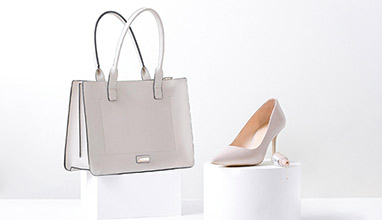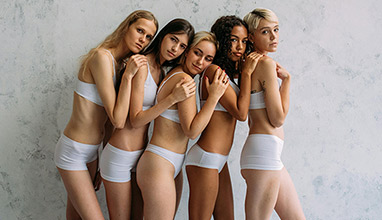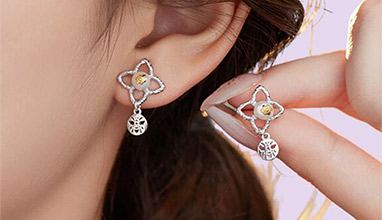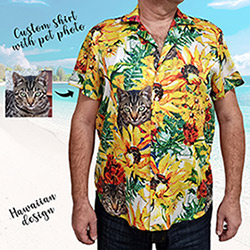Are Wigs Eco-Friendly? A Look at Sustainability in the Hair Industry
The beauty industry has been under increasing scrutiny for its environmental impact - and wigs are no exception. As consumers grow more conscious of what they wear and how it’s made, many are asking: Are wigs eco-friendly? The answer depends on several factors, including the materials used, production methods, and how the wigs are disposed of.

Photo: Depositphotos
The Materials: Synthetic vs. Human Hair
Wigs are typically made from either synthetic fibers or natural human hair. Synthetic wigs are often more affordable and come in a wide variety of styles, such as the trendy wet look lace wig, which mimics freshly styled, glossy hair. However, most synthetic fibers are petroleum-based, meaning they are non-biodegradable and contribute to plastic pollution. They also require significant energy to produce and aren't easily recyclable.
In contrast, human hair wigs are biodegradable and can be considered more eco-friendly - especially when sourced ethically. A real scalp wig, for instance, is often crafted with great care to replicate the appearance and texture of a natural hairline and parting. These wigs offer a more realistic look and can last significantly longer with proper maintenance, reducing the frequency of replacement and overall waste.
Production and Ethical Concerns
Another aspect of sustainability is the production process. Eco-conscious brands are now focusing on cruelty-free and fair-trade practices, ensuring that human hair is sourced with consent and workers are treated fairly. Some companies even repurpose donated hair to create high-quality wigs, minimizing the environmental footprint.
Synthetic wigs, while not as sustainable in terms of raw material, are evolving. Newer technologies are emerging that use recycled plastics or biodegradable fibers, although these options are not yet widely available.
Longevity and Care
A key factor in the eco-friendliness of a wig is its durability. Wigs that last longer reduce the need for frequent purchases, which in turn lessens environmental impact. For example, a real scalp wig made from human hair can last over a year or more, making it a more sustainable investment compared to cheaper synthetic alternatives.
Caring properly for wigs - using sulfate-free shampoos, air-drying, and storing them in a cool, dry place—can extend their life even further.
Disposal and Recycling
Disposal is a major environmental concern. Synthetic wigs, like most plastics, can take hundreds of years to decompose. Currently, there are limited recycling options for wigs, though some organizations accept used wigs for redistribution to individuals experiencing hair loss due to medical conditions.
Human hair wigs, on the other hand, can be composted under the right conditions, making them a more planet-friendly choice at the end of their lifecycle.
The Verdict
Wigs can be eco-friendly - especially when made from human hair, maintained properly, and ethically sourced. While styles like the wet look lace wig offer exciting, fashion-forward options, it’s important for consumers to consider the sustainability of their choices. By supporting brands that prioritize ethical sourcing, long-lasting quality, and low-impact materials, we can all contribute to a more sustainable beauty industry.
Hits: 4992 | Leave a comment
Tags:wigs, eco-friendly, sustainability, hair

















